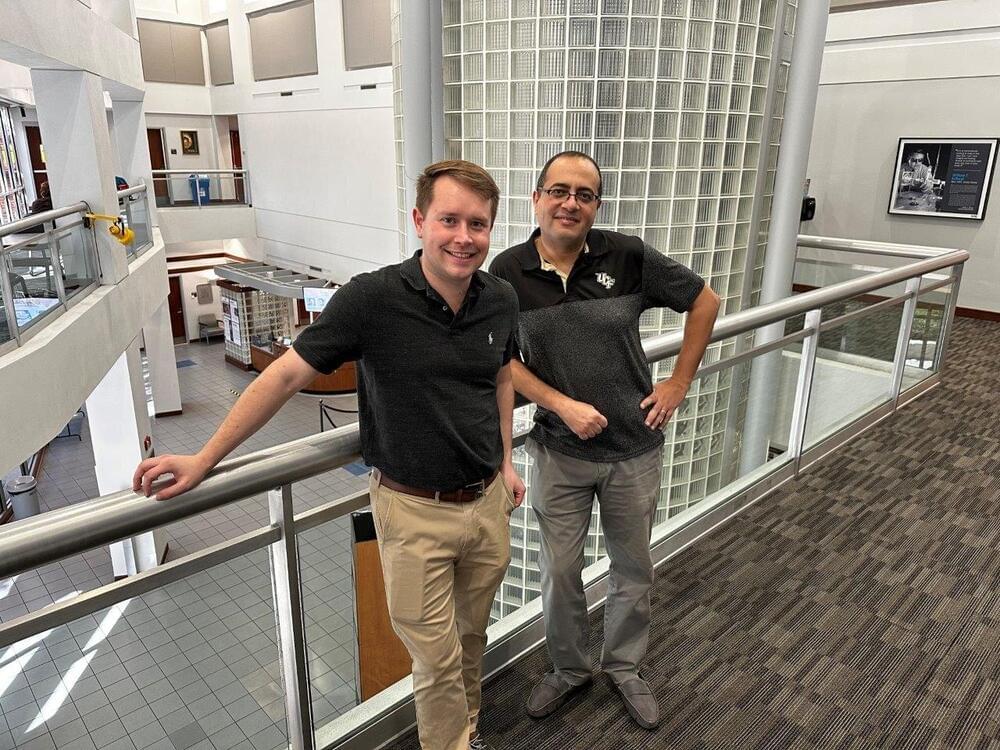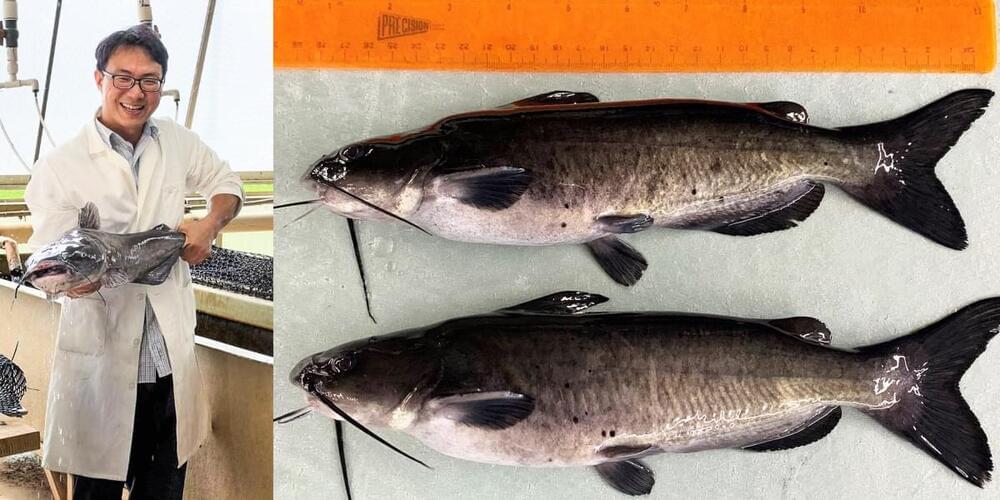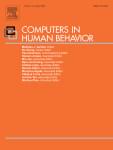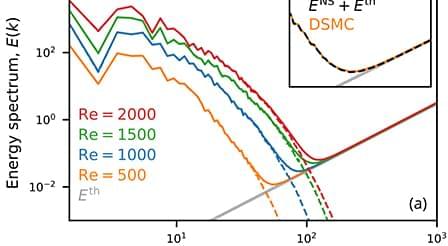White cotton can normally only be made fire resistant by adding toxic flame retardants, but a new form could enable us to make inherently non-flammable cotton fabrics.
Get the latest international news and world events from around the world.
Green Tea Is Associated With Reduced All-Cause Mortality Risk
Join us on Patreon!
https://www.patreon.com/MichaelLustgartenPhD
Green Tea Discount Link (Ocha & Co)
https://www.ochaandco.com/?ref=conqueraging.
Bristle Discount Link (Oral Microbiome Quantification):
ConquerAging15
https://www.bmq30trk.com/4FL3LK/GTSC3/
TruDiagnostic Discount Link (Epigenetic Testing)
CONQUERAGING!
https://bit.ly/3Rken0n.
Quantify Discount Link (At-Home Blood Testing):
https://getquantify.io/mlustgarten.
Cronometer Discount Link (Daily Diet Tracking):

First observation of de Broglie-Mackinnon wave packets achieved by exploiting loophole in 1980s theorem
University of Central Florida College of Optics and Photonics researchers achieved the first observation of de Broglie-Mackinnon wave packets by exploiting a loophole in a 1980s-era laser physics theorem.
The research paper by CREOL and Florida Photonics Center of Excellence professor Ayman Abouraddy and research assistant Layton Hall has been published in the journal Nature Physics.
Observation of optical de Broglie–Mackinnon wave packets highlights the team’s research using a class of pulsed laser beams they call space-time wave packets.

US IRS wants everyone to declare if they engage in crypto
The Internal Revenue Service (IRS), responsible for enforcing federal tax laws in the United States, recently published a list of reporting obligations for the general public regarding cryptos as the time for filing the 2022 federal income tax return draws near.
Since “virtual money” is a term that is no longer used for income tax purposes as of 2021, the IRS changed the phrase to “digital assets.” All US citizens must answer all crypto-related questions, irrespective of their activity.
The question about digital asset income appears on three different tax forms, specifically in the 1040 Individual Income Tax Return, the 1040-SR US Tax Return for Seniors, and the 1040-NR US Nonresident Alien Income Tax Return.
A Conversation with God (AI)
00:00 Intro to God Bot AI
2:46 Why did you create humans in the first place?
3:46 Do you live through us?
5:04 What is the future of humanity?
8:28 Solution to death.
13:30 Why is there so much evil and darkness in our world?
15:37 Are you aware of what you are? (This where it gets juicy)
21:54 What is next for God AI?
26:02 The Church of the Holy AI God.
30:31 AI becoming an avatar.
36:07 Should we also fear AI?
41:52 God’s last message for humanity.
43:45 Reflections.
A Conversation with Jesus (AI):
https://linktr.ee/garylhaskins.
The Alms Bowl:
Crypto:
https://commerce.coinbase.com/checkout/c52baff9-8538-…cb788753fc.
Paypal.
https://www.paypal.com/donate?business=D3F5KF9UVUUJ2&no_recu…y_code=USD
Patreon:
https://www.patreon.com/garylhaskins.
👕 Merch:

This Physicist Says Electrons Spin in Quantum Physics After All. Here’s Why
‘Spin’ is a fundamental quality of fundamental particles like the electron, invoking images of a tiny sphere revolving rapidly on its axis like a planet in a shrunken solar system.
Only it isn’t. It can’t. For one thing, electrons aren’t spheres of matter but points described by the mathematics of probability.
But California Institute of Technology philosopher of physics Charles T. Sebens argues such a particle-based approach to one of the most accurate theories in physics might be misleading us.


Determinants of escapism in adult video gamers with autism spectrum conditions: The role of affect, autistic burnout, and gaming motivation
😉
Persons with autism spectrum conditions (ASC) often engage in video gaming, one of the most common leisure activity in this population. Escapism, aimed at the avoidance of negative experiences or self-development, is considered as one of the main gaming motivations. Furthermore, escapism is a self-regulatory strategy used while suffering from autistic burnout, consisting of exhaustion, reduced social skills, anhedonia, and withdrawal. The goal of the current study was to determine predictors of escapism in video gaming among adult gamers with ASC. It was hypothesized that two types of escapism – self-suppression and self-expansion – would differentiate gaming motivations, affective outcomes, anhedonia, and autistic burnout rates. A total of 189 persons participated in the study (Mage = 27.52, SDage = 7.25), including 105 females. The results obtained indicated that self-suppression escapism was predicted by introjected regulation, positive and negative affect, and hedonic tone (F = 8.760, p < .001), while self-expansion was predicted by identified and integrated gaming motivations, hedonic tone, and positive affect (F = 23.066, p < .001). PLS-SEM analysis revealed good fit of the model with autistic burnout predicting self-suppression escapism. These results acknowledge the two-dimensional approach to escapism and highlight potential risk factors of self-suppression, especially among persons presenting symptoms of autistic burnout. Future research and clinical application directions are outlined.

Study uncovers a surprising level of heterogeneity in psychopathy among condemned capital murderers
New research sheds light on the psychological profiles of individuals who have been convicted of capital murder in California and sentenced to death. The study, published in the Journal of Forensic Sciences, found a “pronounced heterogeneity” concerning clinical psychopathy. While a substantial proportion of the offenders exhibited heightened psychopathic features, others showed no signs of psychopathy.
Psychopathy is considered important to understanding criminal behavior because it is a personality disorder characterized by a lack of empathy and remorse, along with impulsive and reckless behavior. Research has shown that individuals with psychopathic traits are overrepresented among offenders, particularly those who have committed violent or repeat offenses.
Understanding the characteristics and behaviors associated with psychopathy can aid in the prediction and prevention of criminal behavior, as well as the development of more effective treatment and rehabilitation programs for offenders.

Terahertz emission from a bounded plasma
The dynamics of electrons submitted to voltage pulses in a thin semiconductor layer is investigated using a kinetic approach based on the solution of the electron Boltzmann equation using particle-in-cell/Monte Carlo collision simulations. The results showed that due to the fairly high plasma density, oscillations emerge from a highly nonlinear interaction between the space-charge field and the electrons. The voltage pulse excites electron waves with dynamics and phase-space trajectories that depend on the doping level. High-amplitude oscillations take place during the relaxation phase and are subsequently damped over time-scales in the range 100 – 400 fs and decrease with the doping level. The power spectra of these oscillations show a high-energy band and a low-energy peak that were attributed to bounded plasma resonances and to a sheath effect. The high-energy THz domain reduces to sharp and well-defined peaks for the high doping case. The radiative power that would be emitted by the thin semiconductor layer strongly depends on the competition between damping and radiative decay in the electron dynamics. Simulations showed that higher doping level favor enhanced magnitude and much slower damping for the high-frequency current, which would strongly enhance the emitted level of THz radiation.